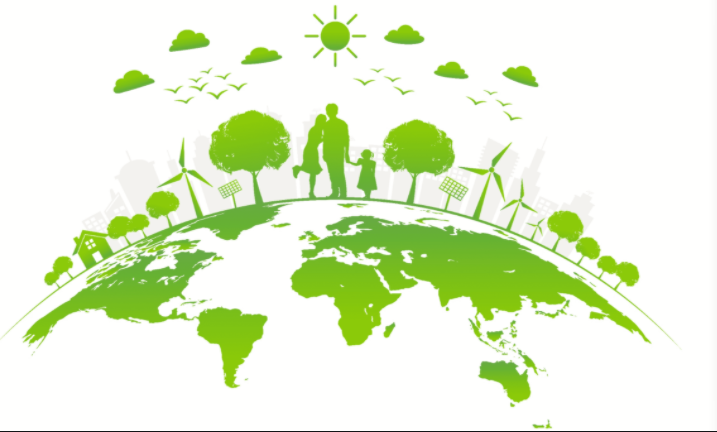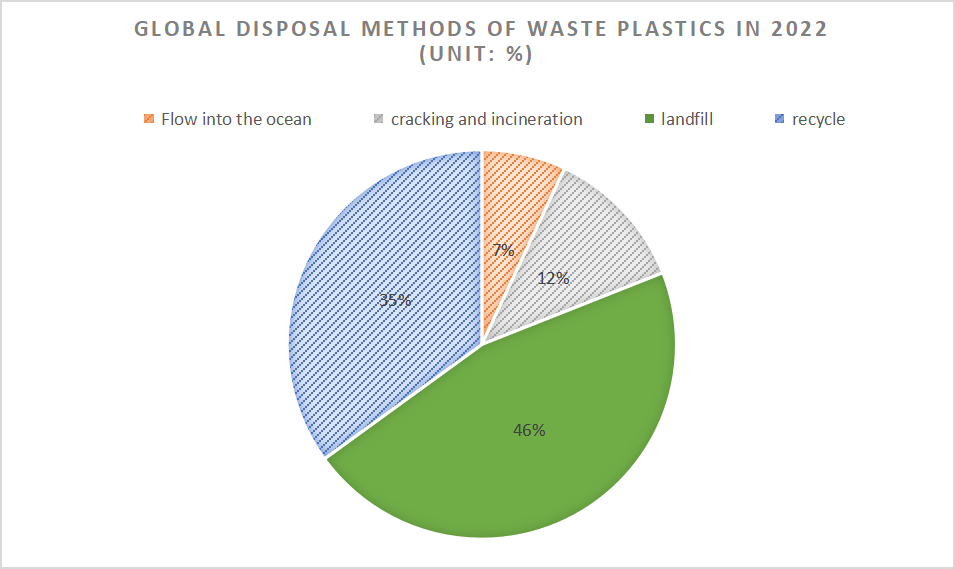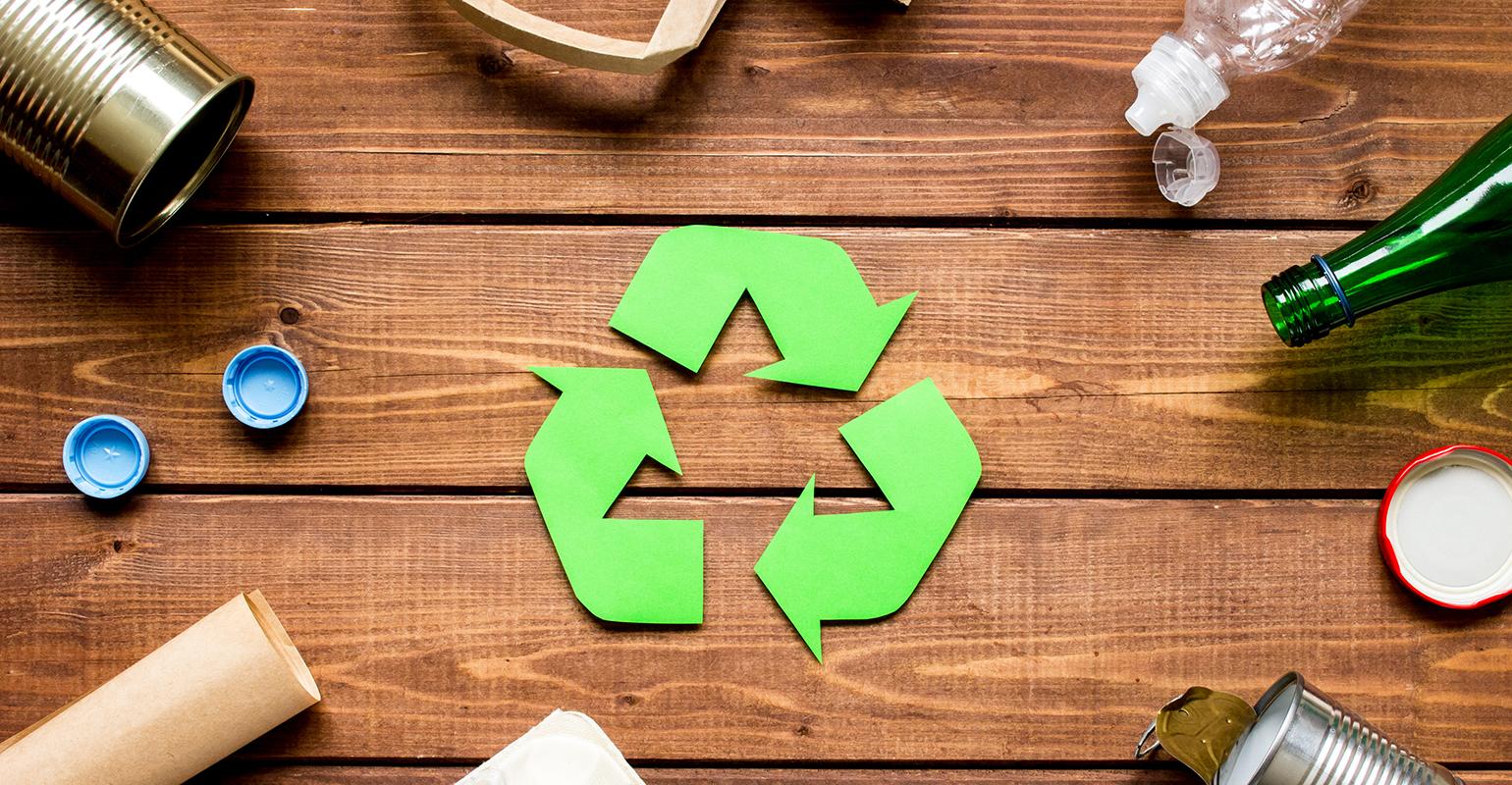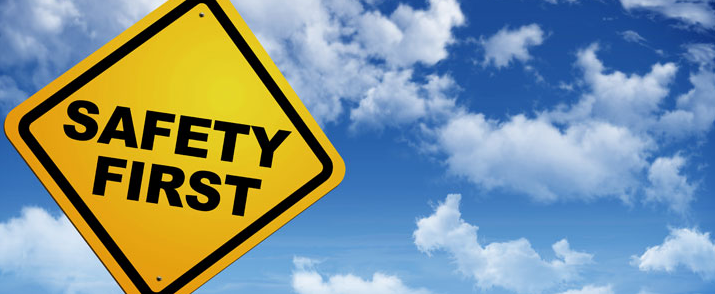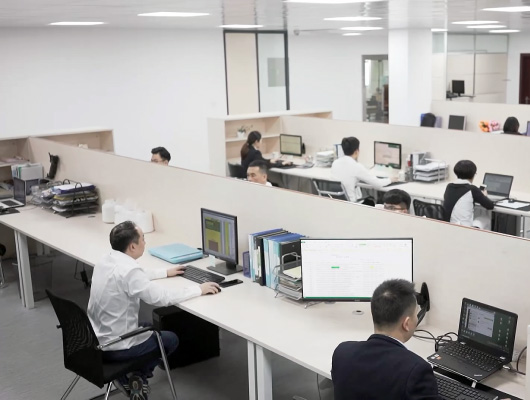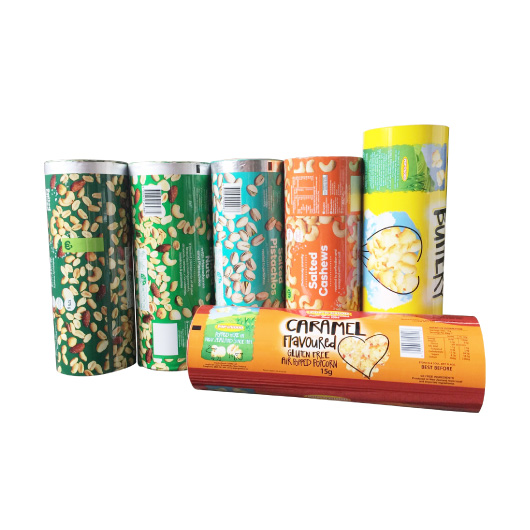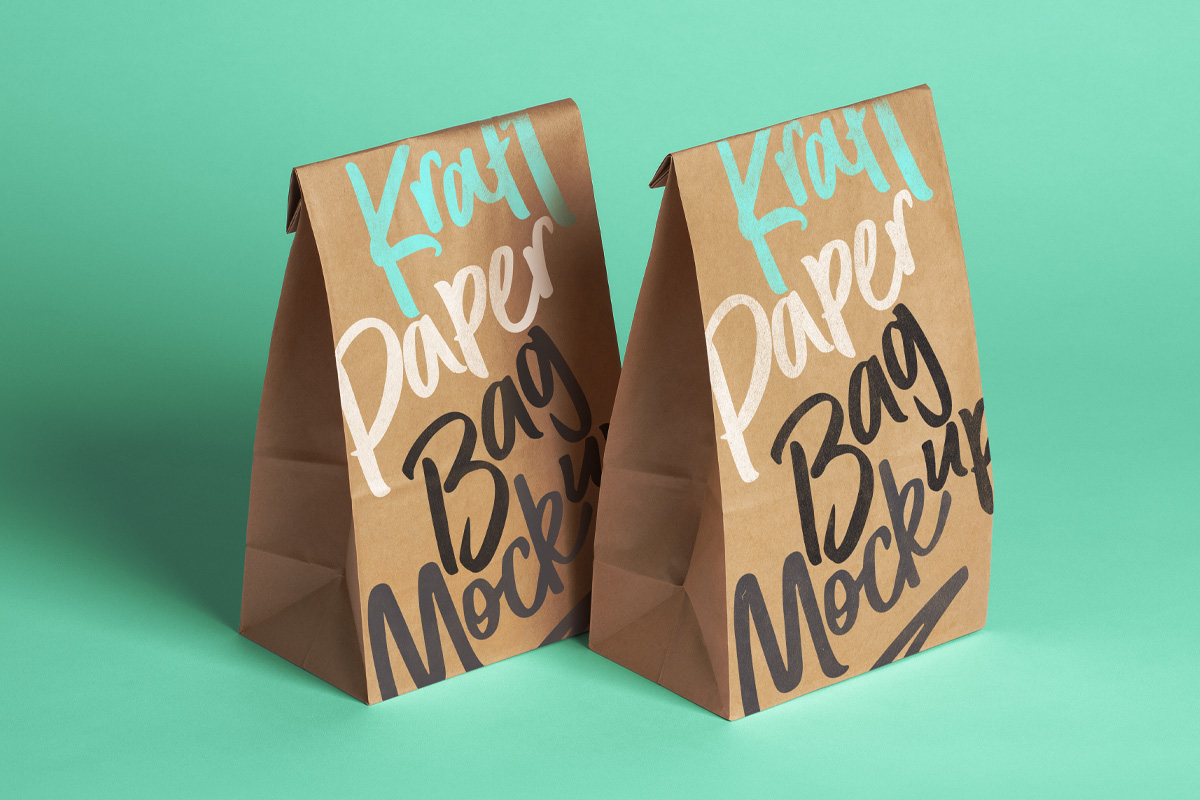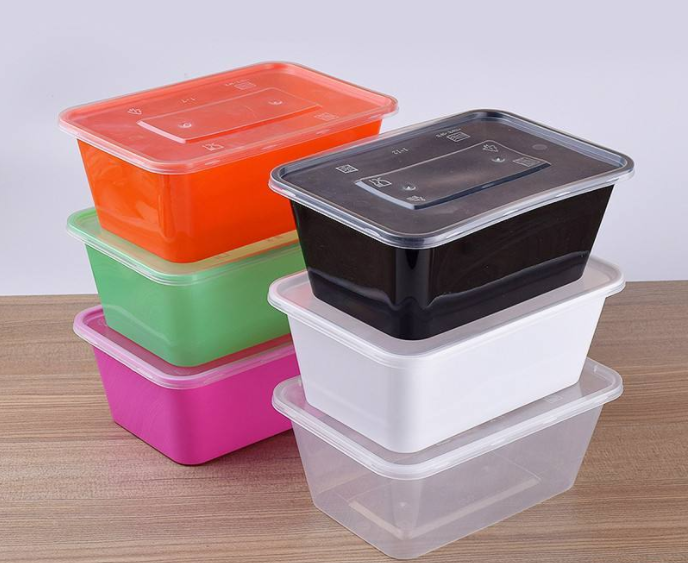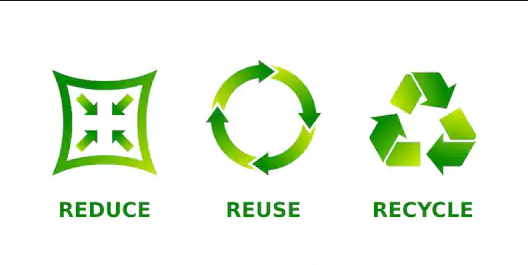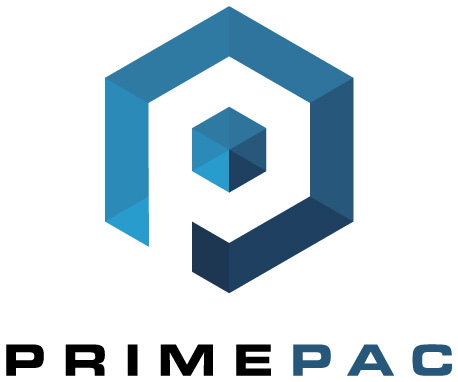Introduction
The food service packaging market is expected to grow at a rate of 10% over the next five years.
This growth can be attributed in part due to the company’s demand for quick-service restaurants (QSR), consumers’ preference for on-the-go consumption, and eCommerce apps that send items through various channels.
Such growth makes have a great influence on the environment.
The problem is particularly bad when it comes to takeaway packaging.
People often get our food delivered in plastic or foil containers that can’t be recycled, and these containers often end up in landfills.
In fact, the amount of takeaway packaging that’s wasted each year is enough to increase a few new islands
This is a major problem, not just because of the environmental impact, but also because of the cost.
Wasting takeaway packaging costs the Australian economy £700 million every year.
From the statistics, we can know how heavy the wasting is.
That’s why most governments around the world are appealing to people to use Reusable takeaway packaging.
Some of them even publish relative laws.
In this blog, we will share some information about reusable takeaway packaging, enabling us to make a contribution to environmental protection.
The blog will include the following topic:
The increasing awareness of Friendly packaging
What is Biodegradable Takeaway Packaging?
The benefits of Eco-friendly takeaway packaging
Why choose an environmentally sustainable packaging method?
The material of reusable takeaway packaging
The need for more sophisticated material recovery schemes
Suppliers for reusable takeaway packaging/where to buy sustainable takeaway packaging
The increasing awareness of Eco-Friendly packaging
Plastic restrictions and bans provide space for the development of biodegradable plastics
According to a report released by the Organization for Economic Cooperation and Development (OECD) in 2018, global plastic waste production has continued to increase since 2015, exceeding 300 million tons per year, and is forecast to reach about 12 billion tons by 2050.
According to the National Engineering Research Center for Engineering Plastics of the Chinese Academy of Sciences:
of the hundreds of millions of tons of plastic waste worldwide in 2019, about 35% was recycled, incineration and cracking accounted for about 12%, landfills or landfills accounted for 46%, and the proportion flowing into the ocean was about 7%.
Without containment, there will be one ton of plastic for every three tons of fish in the ocean by 2025;
by 2050, plastic will weigh more than fish.
Waste plastic pollution is serious, countries not only tighten the use of plastic packaging from the source through plastic restrictions and plastic bans but also look for alternatives from downstream applications.
Developed countries and large multinational enterprises in the world have gradually attached importance to the processing and application of renewable plastics, and several countries promise to recycle and reuse plastic packaging by 2030 at no less than 35%, which provides renewable plastics and degradable plastic materials
This provides space for the development of renewable and degradable plastic materials.
What is Biodegradable Takeaway Packaging?
In concrete terms, Recyclable and eco-friendly packaging(also known as) should have the following meanings.
Packaging reduction
The implementation of packaging reduction should be the least amount of moderate packaging while meeting the functions of protection, convenience, and sales.
Countries like US and UK are struggling to take priority the packaging reduction for the development of harmless packaging
Easy to recycle
Packaging should be easy to reuse or easy to recycle.
Through repeated use, or through the recovery of waste, the production of recycled products, incineration to use heat, composting to improve the soil, and other measures to achieve the purpose of reuse.
Not only does it not pollute the environment, but it can also make full use of resources.
Degradable
Packaging waste can be degraded.
In order not to form a permanent waste, non-recyclable packaging waste should be able to decompose and decay, thus achieving the purpose of improving the soil.
Reduce, Reuse, Recycle and Degradable are the 3Rs and 1D principles of the development of green packaging that is now recognized in the world in the 21st century.
Non-toxic
Packaging materials should be non-toxic and harmless to humans and organisms.
Packaging materials should not contain toxic substances or the content of toxic substances should be controlled below the relevant standards.
Harmless to environment
In the entire life cycle of packaging products, they should not produce pollution or cause public harm to the environment.
That is, from the collection of raw materials, material processing, manufacturing products, product use, waste recovery, and recycling until the final disposal of the whole life process, packaging products should not cause harm to the human body and the environment.
In the above meaning of environmentally friendly packaging, the first four points should be the requirement that environmentally friendly packaging has to meet.
Life circulation
The last point is the highest standard for green packaging based on life circulation.
From the above analysis, green packaging can be defined as: green packaging is the ability to recycle, reuse or degrade and decay, and in the entire life cycle of the product it does not cause harm to the human body and the environment of moderate packaging.
The benefits of Eco-friendly takeaway packaging
When it comes to takeaway food, the container is just as important as the food itself.
In recent years, there has been a shift towards more sustainable and environmentally friendly takeaway packaging options.
Here are some of the benefits of using reusable food packaging:
Reducing Waste
One of the biggest benefits of using reusable takeaway packaging is that it helps to reduce the amount of waste produced.
Every year, billions of tonnes of waste are sent to landfills, and a lot of this waste is made up of disposable packaging.
By using reusable containers, you can help to reduce the amount of waste that ends up in landfills.
Save Money
Another benefit of using reusable takeaway packaging is that it can save you money.
Buying disposable containers each time you get takeout can add up over time, whereas buying a reusable container once will likely last you many meals.
Environmentally Friendly
One of the main reasons for the shift towards sustainable takeaway packaging is the environmental benefits.
Disposable takeaway packaging is not only wasteful but also creates a lot of pollution.
By using reusable containers, you can help to reduce the amount of pollution that is created.
Compostable
Another option for sustainable takeaway packaging is compostable containers.
Compostable containers are made from materials that can be composted and turned into soil.
This is a great option for those who want to be eco-friendly but also want the convenience of disposable containers.
Durable and Practical
One of the main drawbacks of some reusable containers is that they can be bulky and difficult to carry around.
However, there are many durable and practical reusable takeaway containers on the market that are easy to carry and won’t add extra weight to your bag.
Why choose an environmentally sustainable packaging method?
We believe that there are 5 fundamental reasons.
Not only is it directly evident that a sustainable approach is vital to our future, but it also has the potential to be a huge driver for economic development.
These include natural environmental factors, consumer and economic, and business factors, which provide a strong impetus for sustainable material development.
The planet needs sustainable packaging solutions
With 42% of global plastic used in packaging, most of which is used for single-use only, the problem of plastic pollution from the ecosystem is long-term and ongoing.
The recycling rate for plastics is only 35%. This means that 65% of plastic is burned, landfilled, or simply discarded in the natural environment.
Plastics typically take more than 20 to 400 years to decompose.
The debris or microplastics from decomposing plastics are still present in the atmospheric cycle, in food and soil in water, and in all aspects of our involvement.
Packaging with sustainable materials can break this negative cycle.
A Growing Number of Countries and Regions are Implementing Ordinances to Reduce Plastic Packaging
In 2021, Australia announced its National Plastics Plan to ban single-use plastics by 2025.
In addition to Australia, a growing number of countries and cities around the world are taking steps to ban single-use plastics.
In the European Union, the 2019 Single-Use Plastics Directive is designed to combat the 10 most common single-use plastic items on European beaches, which account for 70% of all marine litter in the EU.
In the US, California, Hawaii, and New York have started legislation to ban single-use plastic products such as plastic bags, forks, and food containers.
In Asia, countries such as Indonesia and Thailand are the first to call for measures to ban single-use plastics.
In contrast to waiting for government pressure to legislate, Morgan Stanley Research (MSR) reports that the number of companies implementing the Plastics Strategy in the US has more than doubled year on year between 2018 and 2019.
This suggests that companies are generating relative profits in order to achieve their environmental strategies and social responsibility goals.
Of course, commercial interests that cannot be excluded from the driving force behind the development of sustainable packaging may also be a major factor.
Consumers prefer sustainable packaging materials
According to Ranpak and Harris Research, e-commerce customers in the US, UK, France, and Germany want to work with companies that use sustainable packaging.
In fact, over 70% of consumers in these countries have this preference, with over 80% of consumers in the UK and France preferring sustainable packaging.
Consumers’ preference for sustainable packaging allows them to see paper packaging better than plastic to protect the items they buy.
Not only do consumers like to see paper packaging used in boxes, but a 2013 study also showed that paper was the most popular of 12 materials, ranking fifth over plastic and even ahead of velvet.
Food safety
Sustainable packaging is great for protection
There are many articles and sources in packaging and shipping that claim that plastic offers better protection than other types of materials.
These claims clearly do not stand up to sophisticated investigation. This is because sustainable materials have been used as packaging materials for thousands of years before plastic became popular.
Plastic was invented in 1869, but it was not until the advent of the Second World War that it became ubiquitous, a period in which plastic production increased by 300%.
Paper is probably the oldest packaging in the world. Materials such as metal and glass are among the pre-industrial packaging materials together.
Paper is one of the world’s most recognized sustainable materials and can be used for almost every application method for packaging inside boxes, even for cold chain packaging.
In many applications, paper outperforms plastic in terms of protection, sometimes by as much as 58%.
environmentally friendly packaging like aluminum foil can provide good protection to the product
Companies need to improve the sustainability of their business models.
In general, ‘environmental’, ‘social’ and ‘governance’ are collectively referred to as ESG strategies.
The growing ecological awareness of consumers and investors is considered a central part of many companies’ development.
By improving the efficiency of their resources, companies can improve their scores, enhance their brand reputation, improve customer and employee loyalty and gain access to capital and other additional business value.
ESG investments are becoming increasingly popular.
Around a quarter of assets under management in the US alone are ESG-rated investments totaling around US$12 trillion.
The circular economy is expected to generate US$4.5 trillion by 2030.
Companies that improve their ESG performance are prone to attract and retain talent.
With the growing need for environmental protection, the demand for sustainable packaging in the fast-growing e-commerce sector, and the win-win need for companies to benefit economically and achieve sustainability goals, you can be sure that in the near future, more environmentally friendly, recyclable, and sustainable packaging materials will become a major trend in the development of the packaging industry.
The material of reusable takeaway packaging
Re-use and recycled packaging materials
The earth and forests are the basis of the ecological balance of human beings, the reckless cutting of wood has brought immeasurable disasters to human society.
In response to this situation, people can consider the use of reusable and renewable packaging materials, for example, use recyclable glass bottles for beer, drinks, soy sauce, vinegar, and other liquid.
Regenerative use of packaging is available in two methods of regeneration
physical methods refer to the direct and thorough purification and crushing, without any residual pollutants, after treatment of plastic and then directly used in recycled packaging containers.
The chemical method refers to the recycled PET (polyester film, which is crushed and washed) have been treated through a chemical process and become a part of the raw material of reusable takeaway packaging Reuse and regeneration of packaging materials, only to extend the service life of plastics and other polymer materials as packaging materials, when it reaches its service life, still face the problem of waste disposal and environmental pollution.
Eatable Packaging Film
This is a good way to solve the contradiction between food packaging waste and environmental protection.
In the design of part of the food packaging, people have investigated an eatable packaging film that does not affect the original taste of the food is packed.
In the 21st century, the world has developed different types of such films, such as a company in Australia that has developed an eatable potato chips packaging, people can eat its packaging after eating potato chips.
The more mature synthetic edible packaging films are transparent, colorless, odorless, non-toxic, tough, and highly oil-resistant films that are edible and can be used for food packaging. Its gloss, strength, and folding resistance are better
Degradable materials
Degradable material refers to a plastic whose chemical structure changes in a specific environment that causes performance loss within a specific period of time.
Biodegradable plastic packaging materials have the functions and characteristics of traditional plastics, but also can be divided and degraded, and restored in the natural environment through the action of ultraviolet light in sunlight or the action of microorganisms in soil and water after completing their service life, and finally re-enter the ecological environment in a non-toxic form and return to nature.
For example, a French dairy company extracts substances from sugar beets and mixes them with minerals to make an ecological packaging box.
Paper Materials
The raw material of paper is mainly natural plant fiber, which will decay quickly in nature and will not cause pollution to the environment, and can be recycled to make paper again.
Therefore, many large international companies use recycled paper for annual reports, promotional products, made of recycled paper letterhead, letterhead to reflect their concern for the environment of the green purpose, but also to establish a good corporate image.
Paper materials also have a variety of uses such as pulp injection molding, composite materials, and construction materials.
In addition to the advantages of being lightweight, low cost, shockproof, etc., pulp molded products also have good permeability, which is conducive to the preservation of fresh goods, in the international circulation of goods, is widely used in eggs, fruits, glass products and other fragile, breakable, afraid of extrusion of the turnover of goods on the packaging.
Stainless steel
One of the main benefits of stainless steel is that it is recyclable.
In fact, over 60% of all stainless steel produced is recycled each year.
This makes it a very eco-friendly material.
Additionally, stainless steel is durable and can be reused multiple times. This means that it can have a long lifespan, which further reduces its environmental impact.
Stainless steel is also a food-safe material, making it ideal for packaging food products.
It is non-toxic and does not leach chemicals into food, like some other packaging materials.
Additionally, stainless steel is sterile and easy to clean, which helps to keep food safe.
There are many other benefits of stainless steel as an eco-friendly packaging material.
It is strong and lightweight, making it easy to transport. It also does not rust or corrode, so it can protect products from damage during transportation.
Stainless steel is also non-reactive, so it can safely be used to package sensitive products.
Overall, stainless steel is an excellent eco-friendly packaging material that has many benefits and applications in the packaging industry.
It is durable, recyclable, food-safe, and non-reactive. It is perfect for packaging a wide variety of products and can help to reduce environmental impact.
Bioplastic
Biodegradable plastic is made from bioplastic, which are plastics that have been developed to reduce the impact on the environment.
Most of these bioplastics come from natural sources such as tapioca or corn starch. The second big ingredient in reusable takeaway containers would be polylactic acid (PLA).
PLA is a bioplastic that has been developed for use in disposable food ware, which can usually be found being used in cups and cutlery.
Plastic containers are not the only materials used in making biodegradable takeaway packaging; biodegradable paper is used as well.
This material would consist of cardboard boxes, biodegradable cups, and biodegradable carry bags to hold the food such as burgers and chips.
bioplastic has a lower melting point and will decompose rapidly when exposed to heat (such as in composting facilities or landfill sites).
This means they won’t sit in landfills for years as conventional plastics do.
If biodegradable takeaway packaging biodegrades faster, this means there are fewer pollutants. Bioplastic biodegrading releases fewer harmful toxins into the environment.
While biodegradable takeaway containers decompose naturally in landfill sites, bioplastic biodegrades at a much higher speed than traditional plastics.
When confronted with oxygen, sugarcane-based bioplastics break down within 40 days to about water and carbon dioxide gases.
Bioplastics made from cornstarch are even faster – they take only 14 days to decompose naturally
Bamboo
Bamboo is a strong and durable material that is also biodegradable.
It is often used for eco-friendly takeaway containers as it is safe for food contact and does not leach chemicals into food as some plastic containers can.
The need for more sophisticated material recovery schemes
Over the past decade, more and more packaging manufacturers have joined the ranks of those practicing the “3Rs of environmental protection” (Reuse, Reduce, Recycle)
but while factory production techniques have advanced and concepts have been updated, the sustainable packaging industry still faces an unavoidable pain point – -Most of the recyclable packaging is not recycled.
Poor recycling systems result in a certain scale of wasted or contaminated resources and increased remanufacturing costs.
Take plastic packaging, for example, only 9 percent of the world’s plastic products are recycled (UN 2018 survey data) and about 90 percent of the world’s waste plastic goes to the ocean (Trucost, a Standard & Poor’s research firm, reports).
When it comes to China, while overall plastic recycling in the country has improved since the introduction of plastic restrictions and waste separation regulations, there is room for improvement in the recycling rate for highly recyclable scrap.
The country uses about 30 million tons of recycled plastic scrap annually, accounting for more than 30% of plastic consumption.
Of these, EPS plastics (foam) have a recycling rate of about 90% (China Plastics Processing Industry Association data)
Plastic waste can be recycled to different degrees depending on its composition.
For example, PET from plastic bottles can be better shredded, melted, and reprocessed for other products, but EPS foam requires more sophisticated processing (Greenpeace study)
Suppliers for reusable takeaway packaging
Primepac
We’re all about creativity, integrity, and innovation.
PrimePac is a team of designers who want to help you create fresh ideas with customized packages for your brand or company’s needs – no matter where they are located!
Our production facilities in China provide premium quality products that will make any product stand out from the rest because we do things differently than anyone else…
Versupack
In 2008, Versupack started as a distribution company for the Horeca and Industrial sector in the Baltic States.
We provide recyclable plastic packaging materials such as paper cups to environmentally friendly disposable food service containers.
The product we provide is highly focused on sustainability, including compostability or biodegradable production practices
What we do helps businesses reduce their carbon footprint while still delivering great customer service!
Harvest
The company’s name, Harvest originally stems from its founding in 2003.
Located in Foshan City Guandong province China; this enterprise has been dedicated to providing safe efficient and eco-friendly food packaging solutions for customers both domestically as well internationally through distribution channels that span over 10 years of experience.
They are able to provide general or biodegradable plastic packaging along with paperboard folding & molds made out of fiber products which can be tailored according to your need.
Ambican Distribution Ltd.
If you want to do your bit for the environment and would like us, Ambien Distribution Ltd., to help provide high-quality recyclable biodegrade or compostable single-use packages that will suit any business needs then get in touch with our team today.
We have competitive prices as well as supplying to various foodservice outlets such as cafes delis street vendors contracted catering companies etc.
Whether it’s breakfast cereal lunchboxes disposable shower trays takeaway boxes Nespresso pods spare parts presentation supplies packing material erasers ice cubes molds sushi papers serviettes napkins toilet paper twist ties plastic straws.
Vegwares
Vegware’s award-winning products are known for their quality, performance, and design.
They showcase your menu offerings to the world in a way that makes you stand out from other restaurants!
VEGWAVE offers sustainable options like plant-based compostable foodservice packaging which can help cafes meet government regulations or even become more eco-friendly by giving them an opportunity of being showcased on our website where they will appear alongside other businesses committed to sustainability goals.
OSQ
The GDC group’s trademark OSQ provides a range of sustainable packaging solutions that are 100% locally designed and developed, in total compliance with industry regulations.
The innovation at the heart of our business comes from an internal R&D team that creates eco-friendly paperboard resources combined with biodegradable films for windows to surpass Chinese & European analogs while still meeting all global standards – this means you can be confident your product will reach its destination safely!
The food packaging industry is one that has been around for a long time, and it’s about to get even more competitive.
We’re going on an international scale with our new position as leaders in Russia/CIS; now we need to show others how they can do this too by creating eco-friendly products while shaping their mentality toward sustainable practices globally!
Good start packaging
From 2009 to date, Good Start Packaging has been on a mission inspired by the environment and business.
We believe that composting is key for sustainable living and work hard at spreading this knowledge through our company’s services while helping foodservice operators build successful businesses capable of enduring future challenges like increased regulation or economic fluctuations without compromising customer satisfaction
We offer affordable pricing options which include comprehensive recycling programs so clients can have peace of mind knowing their operation practices will remain green no matter what happens around them!
Goodnatured
We make eco-friendly products that are made with earth-friendly materials. We do our best to eliminate chemicals of concern like bisphenols, phthalates, and endocrine disruptors from all parts of the production process so you can be safe while also living sustainably!
Our goal is simple: help people find better alternatives for themselves AND protect Mother Earth at every opportunity possible by offering an assortment ranging in styles & prices appropriate for everyone’s needs–whether they’re looking just want something basic or indulging themselves in high design
Enviropack Ltd
With a focus on quality products, affordable prices, and flexible volumes Enviropack is well placed to serve different demands.
They offer an unrivaled range of environmentally friendly packaging sourced from ethical sources which biodegrade or compost easily when disposed of in landfills.
Their wide variety caters to many applications such as food service requirements through to retail distribution needs making them one-stop-shop suppliers with global reach!
Earthpack is a recycled packaging company that supplies eco-friendly bags and boxes to fashion retailers across America.
The innovative Earth packs work with each client individually, custom designing cutting edge repurposed products for their business needs while providing complete distribution services along with quality materials all at affordable rates so any size company can afford it!
Tiny Box Company
Tiny Box Company is dedicated to providing customers with eco-friendly options for their branding needs.
We offer recycled jewelry boxes, gift packaging, and rigid boxes made from sustainable materials that are PHF (params health Fully) certified so you can be sure they won’t harm your product or expose anyone who might touch them during shipping!
If we don’t have what exactly it is that YOU need here at our store then get in touch cuz honestly? That’s why this company was established – To Help Your Brand Stand Out
Swap box
The idea of Swap boxes is simple – instead of using disposable packages for your deliveries, you can just use a box that will last up to 500 times.
You don’t have to worry about wasting packaging or filling trash bins anymore! With each person creating 250kgs worth per year in waste alone (and this does not include what we put out when eating takeout), it becomes essential as humans beings to strive towards sustainability by reducing our consumption rate
Barepack
In 2020, a Swedish start-up called bareback launched with the goal to reduce and eliminate single-use packaging in food service.
It was founded to bemoaned sustainability challenges within this sector; since then they have grown from 30 partner restaurants across Stockholm city limits (in Sweden)to 500+ nationwide!
As the market leader for eco-friendly solutions regarding restaurant delivery/takeaway bags -its mission has been accomplished
EcoEnclose
To create sustainable e-commerce packaging solutions that are as innovative and efficient as they can be, we stand behind every product with rigorous sustainability standards.
Our primary goal is to develop new materials for the future of recyclable or recycled products so you’re always shipping green-our packs that aren’t just made from current innovations but forward-looking ones too!
Paper Mart
To create sustainable e-commerce packaging solutions that are as innovative and efficient as they can be, we stand behind every product with rigorous sustainability standards.
Our primary goal is to develop new materials for the future of recyclable or recycled products so you’re always shipping green-our packs that aren’t just made from current innovations but forward-looking ones too!
PakFactory
PakFactory’s mission is to digitize the global packaging industry and make it more accessible for everyone.
They provide a Single Platform that connects customers with partners, serving as both an auction site where anyone can buy or sell any type of product in bulk quantities at competitive prices while also being able to manage all aspects including delivery logistics from one location – creating a seamless experience across every aspect!
Caulibox
Caulibox is not one to get creative with our food, but after a long day at work, we wanted something that would make us feel like ourselves again.
So when you eat your favorite takeout dish and find yourself surrounded by piles of packaging waste from all those tasty treats too far away for one person alone?
It can be kind of overwhelming! And yet…There must always remain some hope in this world because there are ways out — especially if they involve sustainability initiatives such as CauliBox.
Conclusion
It is evident that the benefits of eco-friendly takeaway packaging are vast and varied.
Not only does this type of packaging help preserve the environment, but it can also improve business efficiency and save money in the long run.
If you are looking for a more sustainable way to package your takeaways, be sure to explore our range of reusable takeaway packaging solutions.
We offer a variety of materials and styles to suit your needs, so you can rest assured that your food will be transported safely and securely.
For more information on our products or how to get started with sustainable takeaway packaging, please don’t hesitate to contact us today.
